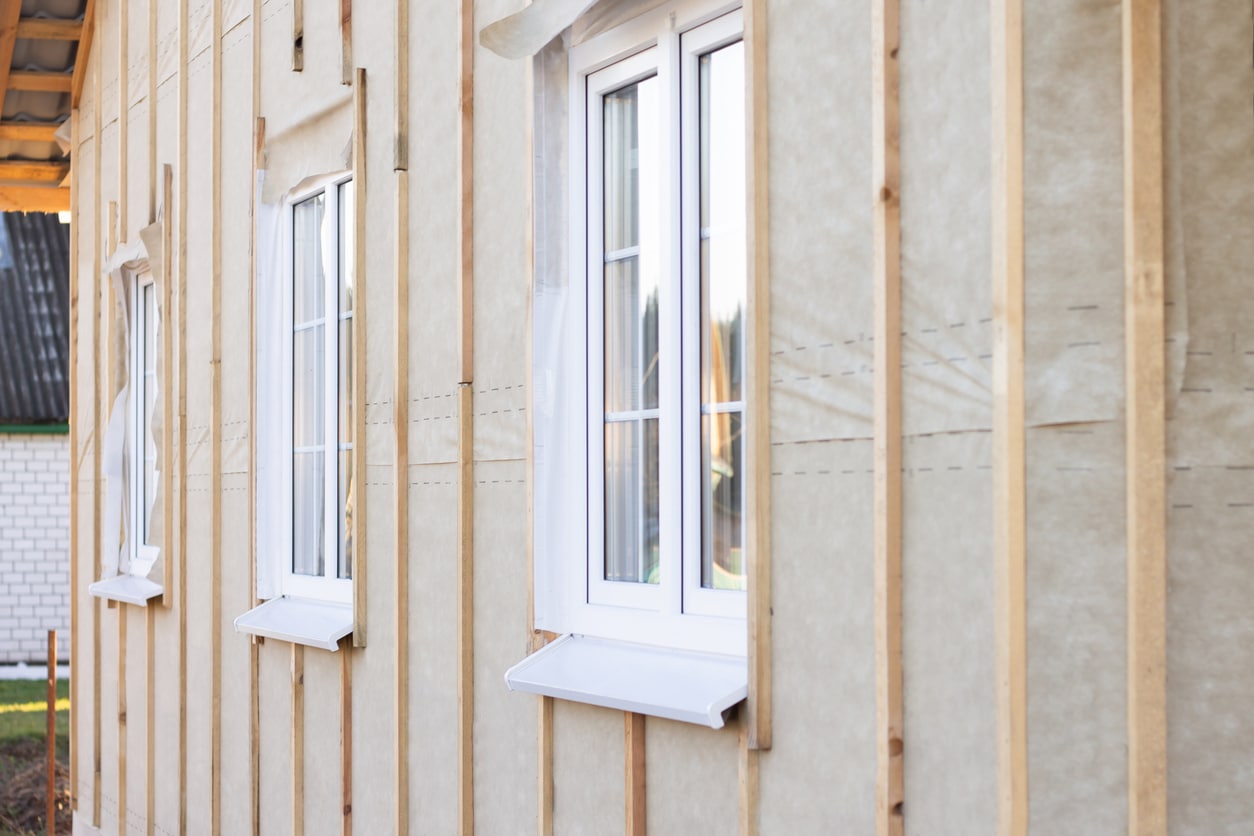Why Is Water Damage Prevention Important for Loveland Residents? Water damage can lead to costly…

Navigating Water Damage and Mold: Insights for Colorado’s Front Range
In the diverse climate of Colorado’s Front Range, the aftermath of water damage poses unique challenges for homeowners and builders alike. Beyond the immediate concerns of cleanup and restoration, there are additional considerations including:
- Choosing the right insulation material will play a critical role in mitigating the risk of mold growth and maintaining structural integrity.
- The integration of vapor barriers emerges as a sophisticated strategy to combat mold formation, offering an extra layer of protection against moisture infiltration.
- Shield against electromagnetic interference, particularly relevant in technologically dense locales like Colorado Springs and Greeley.
Having a comprehensive understanding of these interrelated factors allows homeowners to make informed decisions to protect their properties from further damage and ensure a healthier living environment amidst Colorado’s dynamic climate conditions. Below, we delve into these each of these challenges.
1. Insulation Material and Post Water Damage Mold Growth
In the varied climate of Colorado’s Front Range, from Pueblo to Boulder, choosing the right insulation material is crucial, particularly after water damage incidents. Each material reacts differently when exposed to moisture, which can significantly influence mold growth.
For instance, fiberglass insulation, commonly used due to its cost-effectiveness and thermal resistance, can resist mold growth if it remains dry, but once wet, it takes a long time to dry and can support mold growth. Foam insulation, on the other hand, offers better performance in terms of moisture resistance, making it a preferable choice in areas like Fort Collins and Greeley, where fluctuations in humidity and temperature can make mold problems more pronounced.
Considering the local weather patterns, residents in Loveland and Boulder might find that investing in foam insulation not only provides better thermal resistance control moisture but also minimizes the risk of mold development after any water-related incidents. This is essential in maintaining a healthy indoor environment and preserving the structural integrity of homes in regions prone to sudden weather shifts.
2. The Role of Vapor Barriers in Mold Prevention
For cities like Colorado Springs and Pueblo, where the climate can range from very dry to moderately humid, the use of vapor barriers is a sophisticated strategy to combat mold growth. A vapor barrier, when properly installed, can prevent the diffusion of moisture through the surfaces of walls, ceilings, and floors, thereby greatly reducing the potential for mold formation. This is particularly pertinent in the construction or renovation of basements and crawl spaces, common areas where moisture can accumulate.
In Boulder and Fort Collins, where higher humidity levels can prevail during certain seasons, the strategic placement of vapor barriers in the building envelope can prevent the accumulation of internal moisture. Homeowners and builders should consult with local experts to ensure that these barriers are integrated into their homes in a manner that aligns with the unique environmental conditions of their specific locality.
3. Electromagnetic Interference vs Water Damage and Excess Moisture
An intriguing yet less discussed aspect of water damage is its potential to increase electromagnetic interference in buildings. This is particularly relevant in technologically dense areas like Colorado Springs, which hosts a variety of technological and military facilities. Water damage can alter the conductive properties of building materials, potentially creating pathways that disrupt normal electromagnetic signals. This could affect everything from cell phone reception to more critical communications in settings that rely heavily on electronic systems.
In cities like Greeley and Loveland, where agricultural and industrial operations depend on sophisticated electronic equipment, ensuring that buildings are properly assessed for water damage becomes crucial. The integration of materials that can shield against electromagnetic interference should be considered during the rebuilding or renovation processes post-water damage.
Ensuring Long-Term Structural Integrity and Environmental Safety of Your Home or Business
The implications of water damage and preventing mold extend far beyond the immediate need for clean-up and can have lasting effects on a home’s structural and environmental integrity. Residents of Pueblo, Colorado Springs, Loveland, Greeley, Fort Collins, and Boulder need to consider these less common but highly significant factors when dealing with water damage and mold.
From selecting the appropriate insulation material to understanding the role of vapor barriers and considering the potential for increased electromagnetic interference, informed decisions can greatly impact the longevity and safety of their homes.
By addressing these nuanced aspects, homeowners across Colorado’s Front Range can better protect their properties and ensure a healthier living environment. Consulting with local experts and adhering to regional building codes can provide additional guidance and assurance in managing the challenges posed by Colorado’s unique climate conditions.
As we continue to navigate the complexities of home maintenance in the face of natural challenges, it becomes clear that understanding the depth of each element—from material selection to technological considerations—can greatly enhance our ability to maintain robust and safe living spaces.
